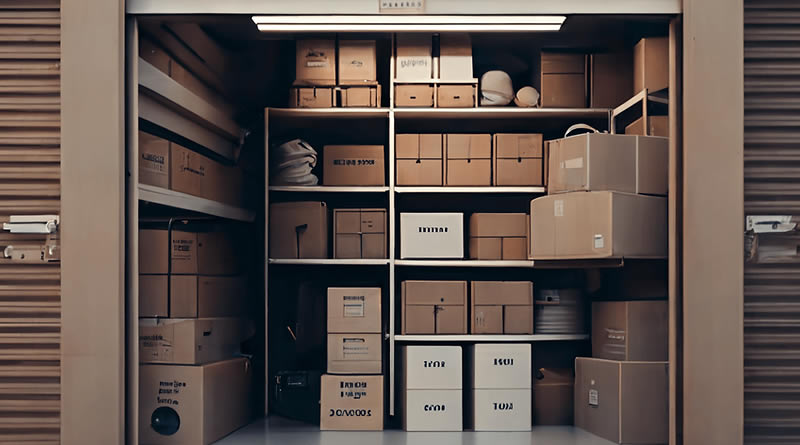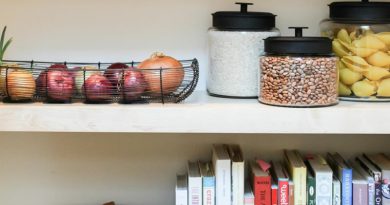Effective Sorting Systems for Organizing and Storing Belongings
Keeping our belongings organized and properly stored is essential for maintaining a tidy and functional living space. Establishing an efficient sorting system enables us to find items easily, maximize storage capacity, and simplify our daily routines. In this article, we will explore various strategies and techniques for organizing and storing belongings effectively.
1. Categorize Belongings
One of the fundamental steps in creating a sorting system is categorizing your belongings. Start by identifying broad categories such as clothing, books, kitchenware, and sentimental items. Within each category, further subdivide items based on their characteristics, usage frequency, or personal preferences. Categorization allows for a structured approach to sorting and facilitates easier retrieval in the future.
2. Sort by Function or Purpose
When deciding on the order of items within each category, consider sorting them by function or purpose. For example, in the kitchen, group together utensils and tools used for cooking, baking, or serving. In the wardrobe, arrange clothes according to their type (e.g., shirts, pants, dresses) or seasonal relevance. Sorting items based on their intended use promotes efficiency and streamlines everyday tasks.
3. Prioritize Frequently Used Items
For optimal convenience, ensure that frequently used items are easily accessible. Place them in easily reachable storage areas, such as drawers, shelves at eye level, or hooks. This approach saves time and effort, eliminating the need to search for commonly used belongings on a daily basis.
4. Consider Spatial Organization
Make the most of your available space by considering spatial organization. Utilize storage solutions such as bins, baskets, or drawer dividers to maximize storage capacity and keep items neatly arranged. Optimize vertical space by utilizing shelves, hanging organizers, or wall-mounted racks. By strategically utilizing your space, you can create a visually appealing and efficient storage system.
5. Labeling and Documentation
To maintain an organized sorting system, labeling and documentation play a crucial role. Label storage containers, drawers, and shelves to indicate the contents within. This allows for easy identification and prevents confusion during retrieval. Additionally, consider documenting your belongings by creating an inventory list or using digital tools, making it even easier to locate specific items when needed.
6. Regular Maintenance and Review
An effective sorting system requires regular maintenance and periodic review. Schedule dedicated time to declutter and reassess your belongings, ensuring that items are still relevant and useful. This practice prevents accumulation of unnecessary items and promotes a streamlined storage system.
By implementing these strategies for organizing and storing belongings, you can create a systematic and efficient environment that supports your daily routines. Remember, the key is to customize the sorting system to your specific needs and preferences. Experiment with different approaches until you find the one that works best for you. With a well-designed sorting system in place, you can enjoy the benefits of an organized living space and easily locate your belongings whenever you need them.




